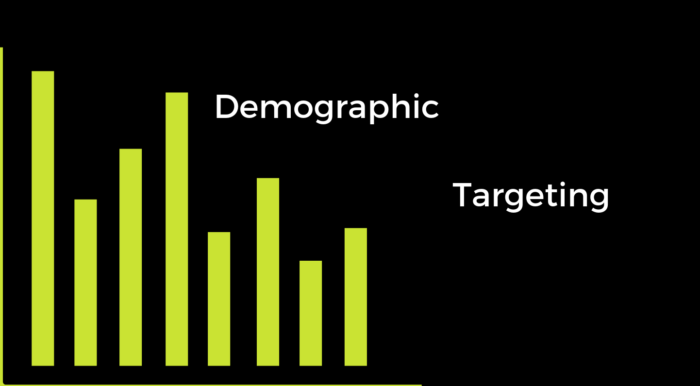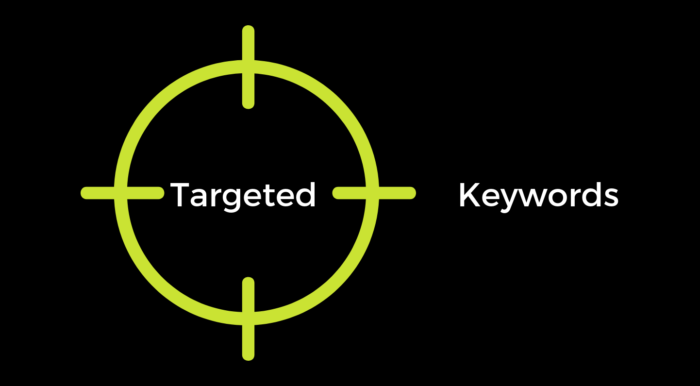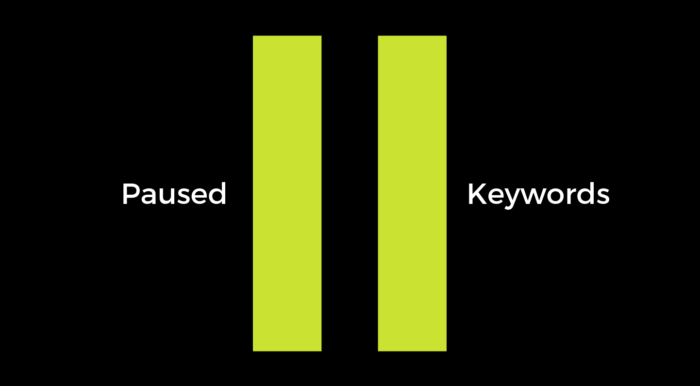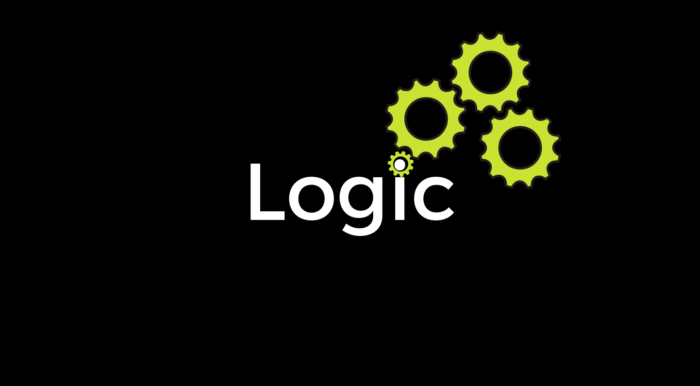A Google Ads account, contrary to popular belief, isn’t just a mish-mash of keywords, ads and fairy dust. Managed properly it’s a finely tuned engine, capable of offering maximised results with minimised input.
The first, and most important, thing to consider when building a Google Ads account is how you’re going to ensure that all of your keywords are working as productively as possible. In order to do this, you need to define a goal that determines what “working” and “not working” looks like. This will either be an ROI (how much have I spent and how much has it made me?) or a CPA (how much can we afford to pay per lead?).
In its simplest form, there is a hierarchy of 5 levels which a keyword can sit within:
1. Observed keyword
2. Observed keyword with demographical/Audience targeting
3. Targeted keyword
4. Targeted keyword with demographical/Audience targeting
5. Paused (unproductive/not working) keyword
If this doesn’t make sense, I’d consider checking out some of our blog posts on Beginners’ PPC. For those of you that do understand, let me just expand a little further.
Observed keyword

In layman’s terms, an observed keyword would target anyone searching for that keyword irrespective of their demographic, perceived level of intent, or interaction with your business.
This level is the top level of our hierarchy since it essentially encompasses everyone.
Observed keyword with Demographical/Audience targeting

As an example, let’s take the exact match keyword of [sheds]. We’ve been running this keyword for a couple of months, and it’s achieved an ROI of 3.5x (for every £100 spent, we’ve made £350). Ideally, for our business to be profitable, we’d like our Google Ads account to be obtaining an ROI of 5x.
Since the keyword currently has no targeting, but we’re not achieving our goal of 5x ROI, this would be the ideal time to add some targeting.
We’ve analysed the data surrounding this keyword and have determined that:
– Men convert at a 5x ROI, Women at a 3x ROI and “Unknown” at 3.6x.
– The age groups 18-24 and 65+ haven’t returned anything from their investment.
There are a number of other demographics for analysis including locations, time of day etc. But for example purposes, we’re not discussing these.
From the data above, we decided to reduce our bid by 40% on women and 30% on “unknown”. We’ve also excluded the age groups 18-24 and 65+.
We’d now require another testing period to determine if this has helped up hit our target.
Targeted keyword

Since, in our example, the keyword [sheds] is a very high spending keyword, we definitely need this keyword to be achieving the minimum ROI of 5x.
With that in mind, we’d then move this keyword into our third hierarchy; Targeted keyword. At this stage, we’ve determined that our keyword simply isn’t productive enough for the wider market.
Here, we remove all of our demographical targetings. Instead, we add an audience list to our campaign and set the campaign to “targeted” (previously known as target and bid).
An audience list is a list of users that have interacted with our website in some manner. In this example, we’ll use an audience of “all users”. This is anyone who has visited our website previously, regardless of how the came to the site or which pages they visited.
By setting this campaign to “targeted”, we tell Google Ads that we only want to bid on this keyword when a user is part of our audience list. In theory, if a user has previously visited our website, they’re more likely to be aware of our brand and be “in market” for our product. That’s why this level of our hierarchy becomes yet more effective.
Targeted keyword with Demographical/Audience targeting
Honestly, if your keyword isn’t working by this stage, I’d be extremely interested to hear from you if the fourth step in our hierarchy makes a difference – but it’s an important step none-the-less. Never say never.
At this stage, our keyword STILL isn’t producing the ROI we’d like. We’re getting a 4.7x.
We can now analyse our data again. For this example, we’ll discuss the time of day and locations. We determine that:
– Users DO NOT convert between 2 am and 6 am, and conversion rates are very low from 10 am to 12 pm.
– London is responsible for 40% of our clicks and achieves an ROI of 5.5x, where Manchester is responsible for 20% of clicks at only a 2.7x ROI.
So here we’ll reduce the bid by 100% (turn it off) between the times of 2am-6m and reduce the bid by 40% between 10 am and 12 pm. We’ll also increase the bid for London users by 10% while reducing the bid by 45% for Manchester users.
Theoretically, this should now help us achieve our required ROI of 5x.
Paused (unproductive/not working) keyword

We can confidently admit that no matter what we do, this keyword simply will not produce the results we’re looking for. For that reason, we are happy to pause this keyword.
Remember to be logical
It’s important to remember to apply a certain level of logic to your decisions. Although the above is a fantastic structure, and we’ve produced results time and time again by following this formula, sometimes we need to look at the business and the results from a bird’s eye view.
If our keyword [sheds] is achieving a 3.5x ROI but is responsible for 40% of our traffic, it would be worth considering if 3.5x for our biggest keyword is acceptable based on the rest of the account running at 6x ROI. Therefore, producing an account-wide average of 5x.
There is a certain amount of effect that branding and visibility have on a business. This needs to be considered before/during taking steps, following the above hierarchy. We love helping brands grow through PPC. If you’d like to see how we can help you reach your full potential get in touch and we’ll show you the world that awaits.

